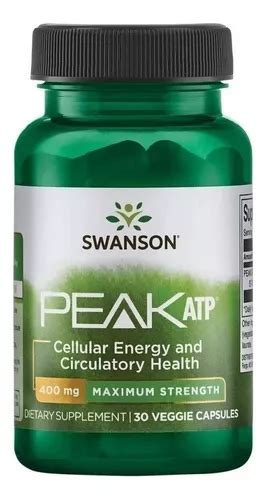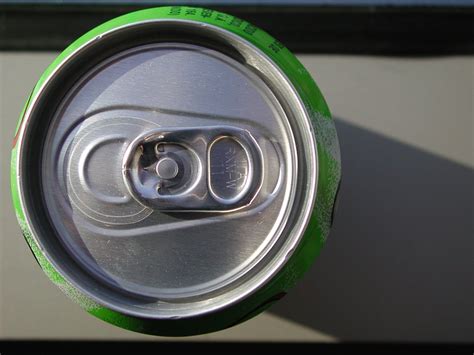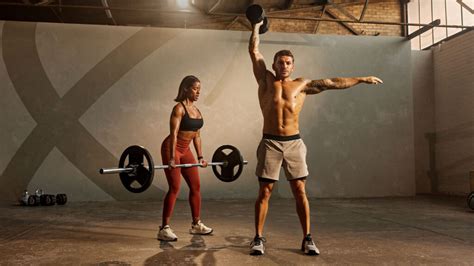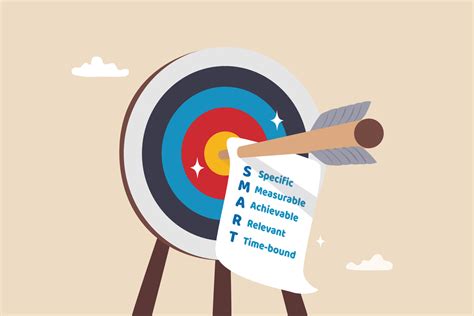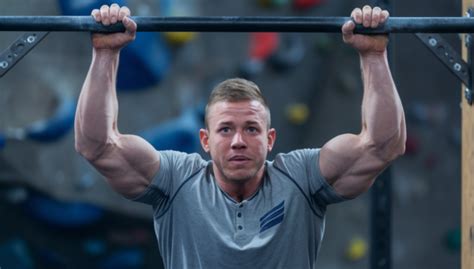Optimal training split for accelerated hypertrophy & peak strength gains?
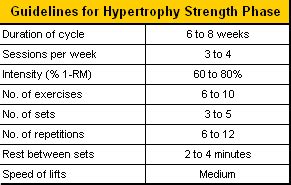
In the quest for a more muscular physique and formidable strength, the training split you choose plays a pivotal role. It dictates how frequently you hit each muscle group, the volume you apply, and crucially, the recovery you allow. But with an array of options available, from full-body routines to highly specific body-part splits, identifying the “optimal” strategy for accelerated hypertrophy (muscle growth) and peak strength gains can be a complex puzzle.
Understanding Training Frequency and Volume
At the heart of any effective training program lies the balance between training frequency (how often a muscle group is trained per week) and training volume (the total amount of work performed, often measured by sets x reps x weight). For hypertrophy, research generally suggests that training a muscle group 2-3 times per week is superior to once a week. This higher frequency provides more opportunities for muscle protein synthesis, the process by which muscles grow.
For strength, consistent exposure to heavy loads and adequate recovery are paramount. Volume tends to be lower per session but intensity is higher, with sufficient time for the nervous system to recuperate.

Popular Training Splits and Their Efficacy
Full Body Split
With a full body split, you train all major muscle groups in a single session, typically 2-3 times per week. This ensures high frequency for each muscle group. It’s excellent for beginners and those looking for overall fitness, as it allows for good recovery between sessions.
- Pros: High frequency, excellent for beginners, efficient use of time if fewer training days.
- Cons: Can be very taxing if volume per session is high, limited ability to maximize volume for individual muscle groups.
Upper/Lower Split
This split divides your workouts into upper body days and lower body days, usually trained 2 times per week (e.g., Upper, Lower, Rest, Upper, Lower, Rest, Rest). This offers a good balance, allowing for decent frequency and sufficient volume per session.
- Pros: Good frequency (2x/week per muscle group), allows for higher volume per session than full body, balances recovery.
- Cons: Can feel repetitive, some muscle groups might not get as much attention as in other splits.
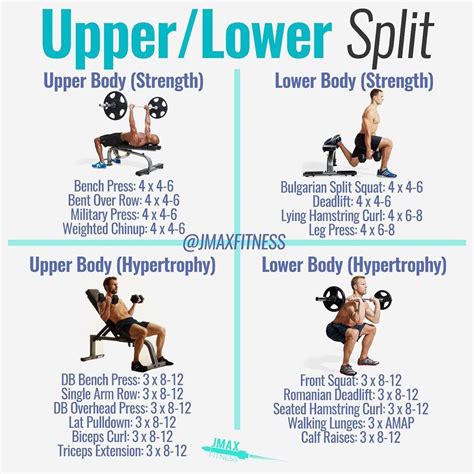
Push/Pull/Legs (PPL) Split
A highly popular split, PPL divides exercises based on movement patterns: Push (chest, shoulders, triceps), Pull (back, biceps), and Legs (quads, hamstrings, glutes, calves). It’s often run 6 days a week (Push, Pull, Legs, Push, Pull, Legs, Rest) or 3-4 days a week, hitting each muscle group 1-2 times.
- Pros: Excellent for targeting specific muscle groups with high volume, logical grouping of muscles, allows for good recovery for individual muscles within the week.
- Cons: 6-day split can be demanding on recovery and time, 3-day split might lack frequency for some.
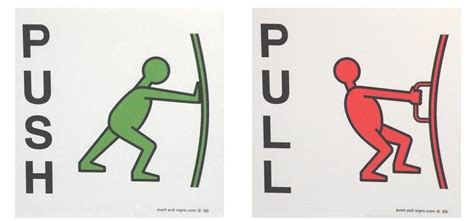
Body Part Split (Bro Split)
This traditional split dedicates an entire workout to one or two muscle groups per session (e.g., Chest on Monday, Back on Tuesday, etc.). While popular among bodybuilders, it typically hits each muscle group only once per week.
- Pros: Allows for extremely high volume for a single muscle group per session, intense focus.
- Cons: Low frequency is generally suboptimal for hypertrophy, can be less efficient for strength gains unless integrated with higher frequency compound movements.
Tailoring Your Split for Accelerated Hypertrophy
For maximum muscle growth, prioritize a split that allows you to train each major muscle group 2-3 times per week with adequate volume (typically 10-20 working sets per muscle group per week). Splits like Upper/Lower or PPL (run 4-6 days a week) are often ideal. Focus on progressive overload – consistently increasing the weight, reps, or sets over time. Ensure proper nutrition and sufficient sleep to support recovery and adaptation.
Optimizing Your Split for Peak Strength Gains
To build peak strength, your split should revolve around compound movements (squats, deadlifts, bench press, overhead press) with lower rep ranges (1-6 reps) and higher intensity. Training these movements with sufficient frequency (1-2 times per week directly, or more if variations are used) while allowing ample recovery for the central nervous system is key. Full Body or Upper/Lower splits can be highly effective here, allowing you to frequently practice the main lifts.
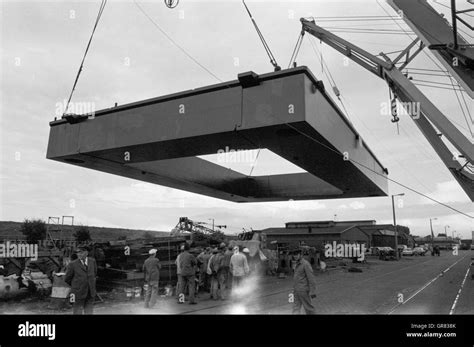
The Role of Recovery and Periodization
Regardless of your chosen split, recovery is non-negotiable. Adequate sleep, proper nutrition (especially protein intake), and managing stress are crucial for both hypertrophy and strength. Incorporating deload weeks periodically can help prevent burnout and allow your body to fully recover and adapt.
Periodization, the systematic planning of training, can also optimize your gains. This might involve cycling through phases of higher volume/lower intensity for hypertrophy, followed by lower volume/higher intensity for strength, or vice versa.
Finding Your Optimal Split: A Practical Approach
The “optimal” split isn’t universal; it depends on your experience level, recovery capacity, time commitment, and specific goals. Beginners often thrive on full-body routines due to high frequency and manageable volume. Intermediate lifters might find Upper/Lower or PPL beneficial. Advanced lifters may use more specialized approaches or periodized programs that cycle through different splits.
Experimentation is key. Start with a split that aligns with your schedule and preferences, consistently apply progressive overload, monitor your progress, and be willing to adjust based on results and how your body responds. The best split is ultimately the one you can adhere to consistently and that continues to challenge you.
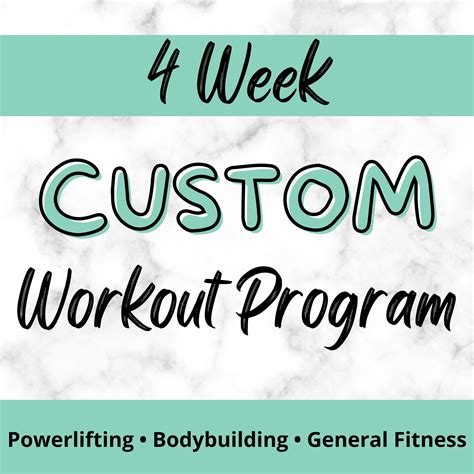
Conclusion
While various training splits offer distinct advantages, the most effective choice for accelerated hypertrophy and peak strength gains hinges on several critical factors: adequate training frequency per muscle group (typically 2-3 times per week for growth), appropriate volume, consistent progressive overload, and sufficient recovery. Whether you opt for an Upper/Lower, PPL, or even a well-designed full-body routine, remember that consistency, intensity, and smart programming will always trump the specific split alone in your pursuit of a stronger, more muscular physique.
